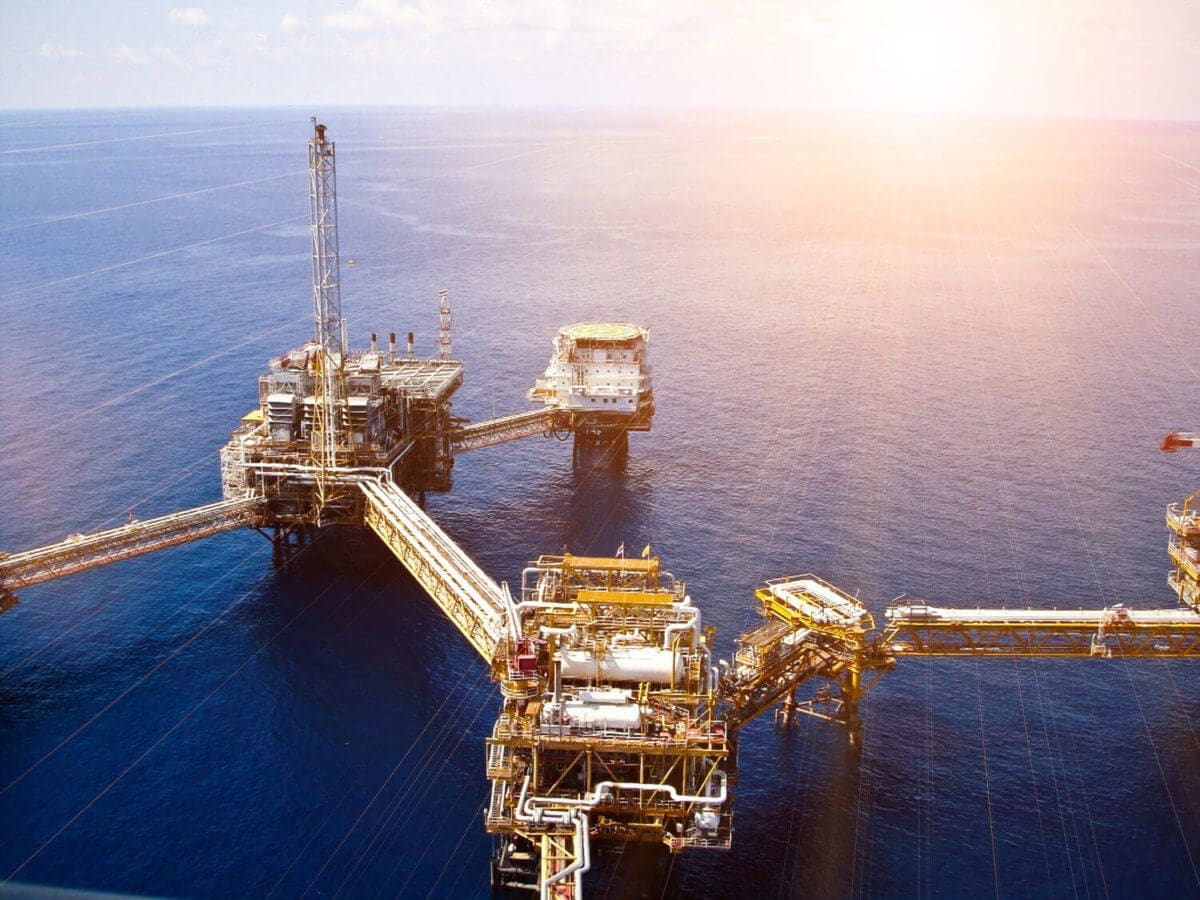The oil and gas industry is undergoing a profound shift spurred by digital transformation and the integration of cutting-edge technologies. Traditional oilfields, once reliant on manual monitoring and legacy systems, are evolving into “smart oilfields” equipped with advanced automation, data analytics, and Internet of Things (IoT) devices. This transformation promises to improve productivity, safety, and environmental responsibility across the industry. Consegic Business Intelligence analyzes that smart oilfield market size is growing with a CAGR of 5.9% during the forecast period (2023-2030), and the market is projected to be valued at USD 2,632.27 Million by 2030 from USD 1,672.37 Million in 2022.
Traditionally, oilfield operations have been the ones that literally needed a huge amount of workforce for the monitoring, inspection, and maintenance of those oilfields. Workers performed periodic checks on equipment, monitored the oil flow, and manually set the production to its optimal stage. Even though effective, these were time-consuming, prone to human error and they did not have the capability to react to real-time changes.
Automation technologies have introduced such a paradigm shift through PLCs, sensors, and robotics that can deliver these functions automatically. Today, drilling sites are monitored by automated systems, flow rates are controlled, leaks are detected, and pressure is regulated. High-tech machines have that particular quality of responding in a second to changes to the system of interest, thus reducing the risk of incidents as well as downtime. Besides all the technologies that can be introduced, oilfields can work better, faster, and safer, and hence, human beings can perform higher-level operations by intelligent computer computational technologies instead of the usual routinized checks.
The IoT is very important to the development of smart oilfields, which will be facilitated by connected devices and sensors collecting, transmitting, and analyzing information on the oilfield infrastructure. Sensors are now installed in drilling machines, pipelines, storage tanks as well as other critical elements. The devices continuously gather data about parameters like temperature, pressure, and flow rates that are then transferred online in a centralized measurement system.
IoT enables real-time data transmission to cloud computing solutions, where, through advanced algorithms and machine learning methods, the equipment may be trained to detect anomalies, inefficiencies, or risks. IoT-enabled remote monitoring enables operators to make decisions based on data without being physically present on-site. This function comes as a real life-saver for the offshore platforms and areas that are otherwise remote due to lack of human access. Furthermore, it has a predictive maintenance function that is achieved by sensing the possibility of an outage, letting operators spare precious moments for repair and elimination of unplanned shutdowns.
The shift toward digital oilfields has unleashed an unprecedented amount of data. Big Data analytics, which is augmented by the capabilities of artificial intelligence, has resulted in the conversion of these weak data into valuable opportunities. AI-driven models for data analytics provide the means to forecast equipment failures, provide the most suitable and efficient drilling strategies, and manage resources more effectively. For instance, AI can process data coming from various drilling sites, and thus, the best methods for pumping oil out of difficult geological formations are obtained.
Furthermore, ML algorithms are fashioned such that they bring in “intelligent” feedback loops, enabling them to learn from past experiences, and hence, they can fine-tune their prediction positions after some time. Consequently, this learning functionality makes it possible for oilfields to make decisions faster by just adjusting the output rates depending on the market needs, environmental data, and operational states. AI-driven predictive analytics rise over other decision-making tools by helping operators exploit emerging market excitements, decline, and rise in demand, as well as make the proper allocation of available resources.
Digital transformation has thus been the primary contributing factor to the fact that automation and real-time monitoring decrease the human factor in hazardous environments and save lives; hence, injuries were less frequent on-site. Digital twins or virtual reality replicas of real-life oil fields are being used to simulate risk situations in a secure environment. Through these models, operators can predict the problems that might arise, perform risk evaluations, and, finally, prepare plans of action to address these situations, all done without the personnel being put in danger.
In the case of a crisis, IoT sensors and automated systems are able to effortlessly detect gas pipeline overflown, gas leakage, or equipment failure, thus, sending immediate alarms that reduce the hazards before becoming full-blown catastrophes. Automating safety systems along with real-time data capture has ensured that oilfields in the modern day are much safer, both for the workers and the environment.
Conclusion
The digital transformation of oilfields represents the dawn of a new time in the oil and gas industry, making use of automation, IoT, AI, and Big Data to develop the most effective, safe, and sustainable operations. Companies can shift to smart oilfields, and as a result, they can streamline their production, cut down costs, enhance safety, and make their operations environmentally friendly. The growing demand in the industry due to environmental regulations and price fluctuations makes such developments very important for the sustainability and competitiveness of these operations.





